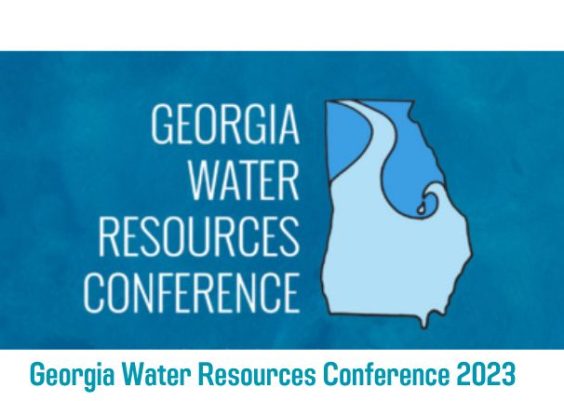Oops! Ever clicked a link and landed on a “404 Page Not Found” error? Yep, that frustrating message that basically means, “This page packed its bags and left.” But what if 404 pages didn’t have to be dead ends?
Let’s dive into the wonderful world of smart 404s—ones that help users instead of leaving them stranded in the void of the internet.
Why Standard 404 Pages Are a Problem
A regular 404 page is like walking into a store through the front door and finding a brick wall. It tells you something’s missing, but gives you no clue what to do next.
- Users feel lost.
- They leave your site fast.
- You miss out on keeping their attention (and business!).
Bad user experience = unhappy visitors. And that’s the opposite of what we want.

What Is a Smart 404 Page?
Think of a smart 404 as a helpful guide. Instead of saying “Oops, nothing here!” it says, “Hey, maybe you meant this instead…” It keeps people clicking around your site.
It’s like a GPS rerouting when you take a wrong turn. The goal is not just to point out the error, but to guide users back on track.
Elements of a Smart 404 Page
Here are a few things that turn a boring 404 into a helpful one:
- Friendly language. Be human. Crack a joke or two.
- Search box. Let users hunt for what they came for.
- Suggested links. Offer top pages they might like.
- Navigation menu. Make it easy to explore the rest of the site.
- Call to action. Invite them to take the next step (signup, contact, go home).
Bonus points if you can make people smile along the way!
Make It Visual and Interactive
Plain white pages with black text? Snooze. Add some personality with visuals, animations, or even little games. Some sites include hidden Easter eggs on their 404 pages — fun surprises for those who find them.

Use animation wisely though. It should support the message, not distract from it.
Examples of Great 404 Pages
1. GitHub
GitHub features the Octocat in space with the message: “This is not the web page you are looking for.”
Light humor. Helpful links. A gentle nudge in the right direction.
2. Lego
A Lego character looks confused with a broken piece in hand. It makes you chuckle and feel okay about the error.
3. NPR
NPR’s 404 page links to stories of famous “disappearances.” Brilliant. On-brand and engaging.
Each of these pages does something simple but powerful: they treat the user like a human instead of an error code.
Smart Recovery Paths in Action
Okay, so how do you send your users down a helpful recovery path?
1. Guess What They Were Looking For
Use the broken URL to make smart guesses. If someone types /blog/html-tips and it doesn’t exist, you might suggest:
- /blog/html-tricks
- /blog/css-tips
- /blog/web-design
You don’t need AI for this—basic keyword matching works wonders.
2. Offer Top Destinations
Your analytics tell you where most people go. List those links right on the 404 page. Keep them exploring.
3. Personalized Suggestions
If the person is logged in, recommend things based on their past activity. It’s a little effort for a big boost in user happiness.
4. Quick Help Options
Add buttons like:
- Contact Support
- Chat With Us
- Return Home
Imagine how refreshing that feels compared to a dead end.
Benefits of Smart 404 Pages
There’s a clear reason to care about this: smart 404s keep people on your site!
- Reduced bounce rate: Fewer people leave immediately.
- Improved SEO: Google likes when users stay and explore.
- Better brand perception: A smart, funny 404 shows you care.
- Higher conversions: A recovery path means fewer missed opportunities.
Still think your 404 is fine as-is?
Quick Tips for Building a Smart 404
You don’t need to rebuild your site. Just tweak your error page with these tips:
- Keep the design on-brand.
- Use your regular header and menu.
- Write in your brand voice.
- Insert helpful links and search tools.
- Track your 404 hits in analytics.
And don’t forget mobile users—make sure your lovely error page is responsive!
Don’t Wait for Users to Complain
Use tools like Google Search Console or error logging to find your common 404s. Then create redirects or update links.
You can even create custom rules that guess where a user meant to go. Something like:
If URL contains “html-tips,” redirect to “/blog/html-tips-youll-love.”
Be proactive, not reactive!
Let’s Wrap It Up
404 errors will always happen. Typos, deleted pages, mislinked URLs—part of the web’s messy beauty.
But with a smart recovery path, that mistake becomes a new opportunity.
- Guide users.
- Make them smile.
- Keep them exploring.
Make your 404 pages part of the user journey, not the end of it.

Go on—sprinkle some support, some style, and a whole lot of smarts into your error pages. Your users will thank you. And they might even giggle when they land where they weren’t supposed to.
Remember: a 404 page isn’t a failure. It’s a fun little detour—if you design it right.




